The earliest stories of dragons in western Europe date back some 5,000 years and resemble the traditional dragons of the Far East, except for the addition of wings on the back. Early Greek myths included several large serpent-like reptiles, some of which were called dragons as if the two terms were interchangeable. Some dwelt in water, like the wingless Asian dragons. They resembled snakes, but had four short legs and long, toothed jaws, but did not resemble crocodiles, which the Greeks already knew about.
While eastern dragons were generally considered to be benevolent, those of the west were anything but. Over the centuries, western dragons later were depicted as huge scaled lizards with wings, long tails and big jaws. Some had only hind limbs and wings instead of front legs, while others had normal front legs and wings that were attached to their backs. All had clawed feet. They were thought to live underground in caves, rather like snakes and some other reptiles.
The fire-breathing part of the legend may have come from confusion in translation at some point in history. A Finnish term louhi, meaning rock or crag, could have been confused with logi, which meant fire. Thus a Finnish mythological rock snake (lohikäärme) became a fire snake, and when legends from various countries became intermingled, a fire-breathing dragon may have been the result.
European myths from the Middle Ages are filled with dragons, many of them guarding troves of ancient treasure. Many were depicted as serpent-like rather than lizard-like, with or without wings. Apparently the Eastern influence in the west was slow to die out. Most, but not all, were seen as evil, hence the popular depiction of knights and saints fighting them, but dragons also had positive qualities: strength, courage, ferocity and perseverance. This made them popular as heraldic emblems, and their likenesses were used on crests, flags and coats of arms of individuals, families, monarchs and even entire countries.


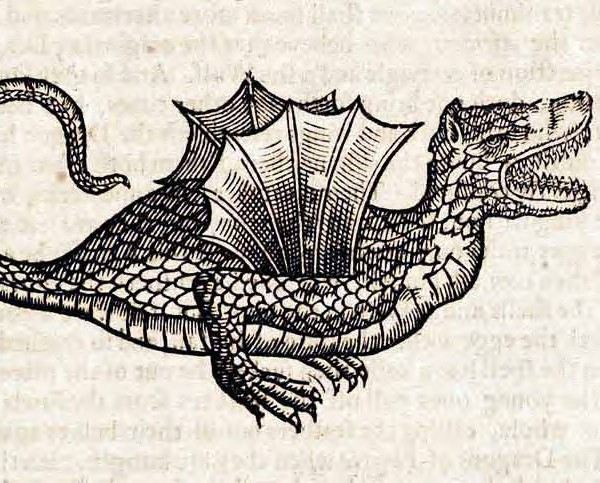
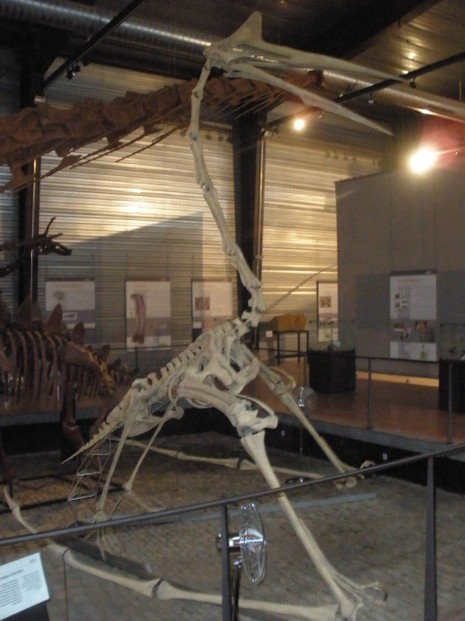
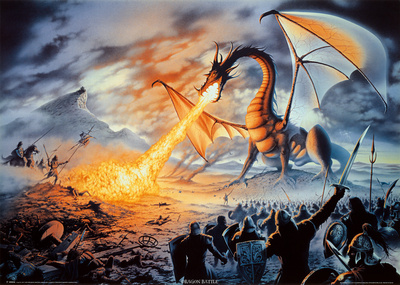
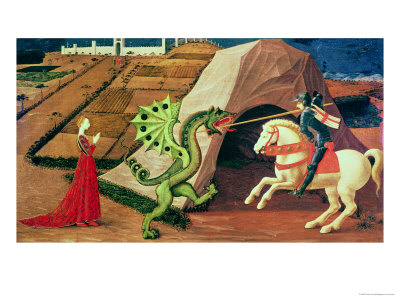
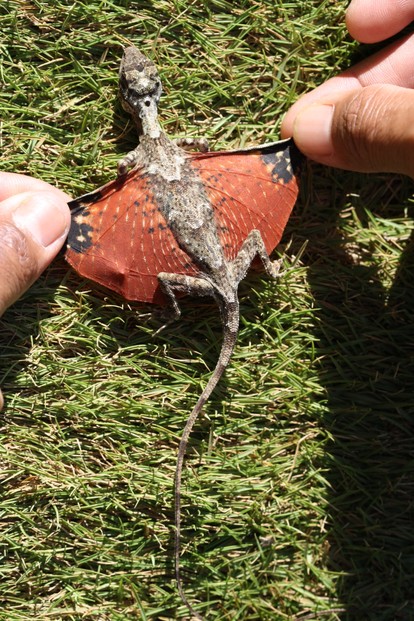








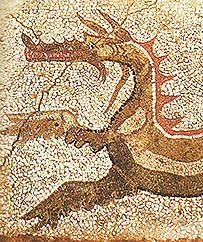

 Versatile Nova Scotia Duck Tolling Retrieverson 08/02/2014
Versatile Nova Scotia Duck Tolling Retrieverson 08/02/2014
 Should You Spay or Neuter Your Puppy?on 08/12/2014
Should You Spay or Neuter Your Puppy?on 08/12/2014
 Horse Racing History: the Preakness Stakeson 05/15/2014
Horse Racing History: the Preakness Stakeson 05/15/2014
 Dinosaurs Will Be On Display in Trenton, Ontario, Canadaon 07/29/2013
Dinosaurs Will Be On Display in Trenton, Ontario, Canadaon 07/29/2013


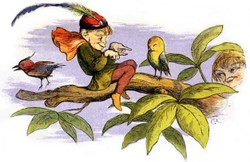
Comments
Fascinating post! The miniature dragon is fantastic, you only have to imagine it around 100 times bigger than it is and you have a real dragon!